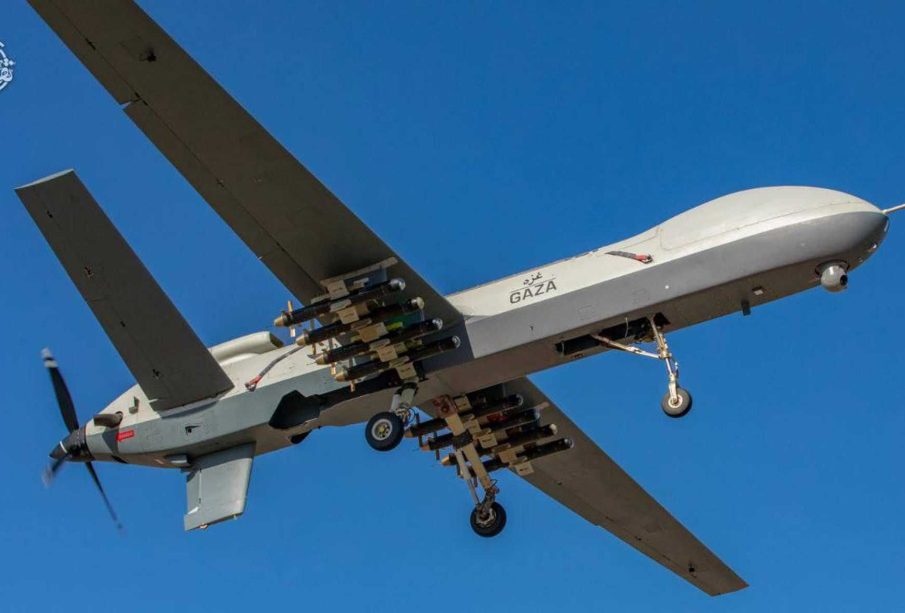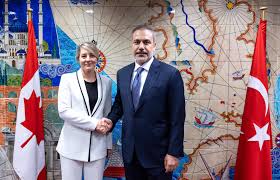Recent Developments in Iran and Their Global Implications

Introduction
Iran, a country rich in history and culture, has been at the center of significant geopolitical developments in recent years. From nuclear negotiations to protests against government policies, the importance of understanding these events is crucial for grasping the broader implications on global stability and economics. As Iran continues to navigate complex relationships with Western nations, especially the United States, the stakes for both regional and global stakeholders are rising.
Political Landscape and Recent Events
In September 2023, Iran faced renewed scrutiny following political protests that erupted over economic mismanagement and allegations of corruption. The demonstrations marked the one-year anniversary of widespread protests that were sparked by the death of Mahsa Amini, a young woman who died while in police custody. Authorities responded with a robust crackdown, leading to thousands of arrests and global condemnation.
Simultaneously, ongoing nuclear negotiations have reached a critical juncture. The Joint Comprehensive Plan of Action (JCPOA) discussions have taken a backseat as hardline factions within Iran resist concessions to Western powers. As of late 2023, the Biden administration has indicated a willingness to revive negotiations; however, skepticism remains, particularly regarding Iran’s commitment to transparency about its nuclear program.
Economic Sanctions and International Relations
The economic situation in Iran continues to be severe, exacerbated by sanctions imposed by Western nations primarily due to its nuclear aspirations. The International Monetary Fund (IMF) reported in October 2023 that Iran’s GDP contracted by 5% in the past year, attributable to these sanctions and domestic policies. This economic downturn has fueled public discontent, causing citizens to demand further reforms.
Moreover, Iran has strengthened ties with non-Western allies, particularly China and Russia, as these relationships offer a counterbalance to international isolation. Recent trade deals have been struck that could provide much-needed economic relief, positioning Iran as a critical player in the region’s geopolitical chess game.
Conclusion
The situation in Iran is fluid and carries significant implications for both regional stability and global political dynamics. As protests continue and nuclear negotiations stall, Iran’s future remains uncertain. Analysts suggest that the outcome of these tensions could tip the balance of power in the Middle East, depending on whether the regime can maintain control and whether reformist voices will be heard. For readers, understanding these developments is crucial, as they not only affect Iranians but have rippling effects that touch upon international relations, energy supplies, and global security.









